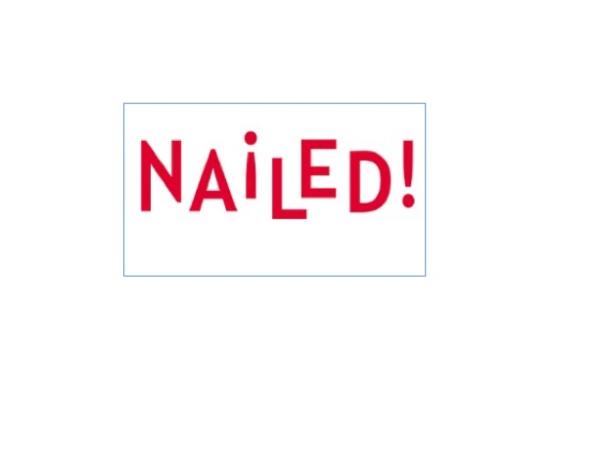
In Part One, we examined the findings of the 2015 meeting of the International Agency for Research on Cancer (IARC), during which a panel of 17 cancer experts considered evidence that would determine what class of carcinogens that glyphosate (the active ingredient in Monsanto's herbicide RoundUp) belonged in.
What was especially strange was that the panel chair was Aaron Blair, an epidemiologist for the National Cancer Institute, was the head of a group which had conducted years of extensive research that gave glyphosate a good safety report card (not expected to be carcinogenic in humans). Yet, the panel never heard anything about Blair's work. He never said a word, allegedly because it had not been published yet.
While the timing of the publication of a paper is normally not a big deal, this time it was. This is because if Blair's findings had been considered by the IARC panel, the results would have been unquestionably different. But, in the absence of these findings, the panel decided that glyphosate would be placed in the group 2A category—a "probable human carcinogen," second only to Group 1 chemicals (carcinogenic to humans). If it seems a little peculiar to you, you are now alone. And entwined in this mystery was another player, Monsanto, which was extremely interested in the IARC findings because the company was facing a lawsuit in California by 184 people who claimed that glyphosate gave them cancer. If you are thinking that this strange affair is sounding like a John Grisham novel, you are not alone.
Needless to say, Monsanto wanted to know what was going on, and its attorneys interrogated a number of experts, including Blair himself about why his group's evidence which would have cleared glyphosate had not been published. Blair's answer was not entirely satisfactory:
“We decided to remove it because … you couldn't put it all in one paper.”
Aaron Blair, the former epidemiologist at the U.S. National Cancer Institute, explaining why new data on glyphosate and cancer was not published
Neither the Reuters investigators nor Monsanto's attorneys were especially impressed with that response and pressed Blair about it. During a deposition in March 2017, Blair admitted that he knew that his group's findings would have probably changed the findings of the panel and that the resulting 2A classification (probably carcinogenic) would have been unlikely.
Reuters consulted independent experts in epidemiology and statistics, and both stated they saw no reason why the Blair group data should not have been introduced since it was "strong and relevant." Monsanto went as far as claiming that the delay was intentional.
During testimony, Blair denied that the hold up was intentional, but when asked whether his group's data would have debunked the link between glyphosate and non-Hodgkin lymphoma and prevented the herbicide from being classified as a class 2A carcinogen, he answered "yes" to both questions.
Reuters raised other questions about the apparent delay in publication, the strength of Blair's data, and why all the early draft papers from 2013 were not published, yet one did appear in 2014, which included data on fungicides, fumigants, insecticides, but not herbicides.
What went on during this time was complex and convoluted. Did Blair intentionally leave out important safety data on glyphosate, and if so, why? The full answers may never be known, but this story just doesn't smell right. And IARC, which essentially rubber stamped the 2A classification on a chemical that it almost certainly knew that didn't deserve it.
When the results are finally published and glyphosate is (presumably) cleared of carcinogenicity, will the agency reclassify it? I have no idea, but I also have no faith in IARC. A group that puts sausage and cigarettes in the same category and pulls a paper bag over its head, enabling it to block out sound evidence it apparently wants to hear doesn't inspire a lot of confidence.



